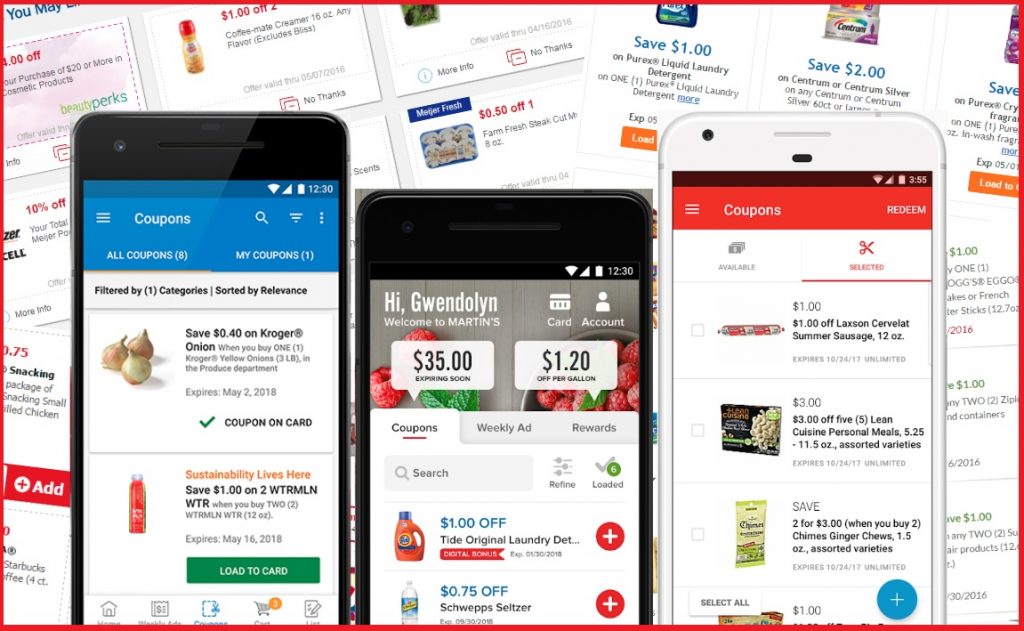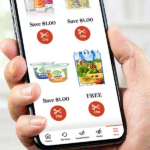
For the past several years, the number of available paper coupons has been plummeting. Not to worry, coupon industry representatives have said, the real story is the massive increase in the number of available digital coupons – proving, to true believers, that paper’s time has past and digital undeniably represents couponing’s future.
But it’s not as simple as that. New figures show that, while the total number of paper coupons continues to nosedive, digital coupons’ amazing growth story is also beginning to hit the skids.
In the first of a number of industry analyses issued at around this time each year, Kantar has released a “mid-year catch up” of coupon trends in 2019.
For the second year in a row, Kantar found that the total number of coupons available has declined precipitously in the first half of the year. Newspaper insert coupons still make up some 90% of all coupons distributed. But only about 118 billion of them have been distributed so far this year, down more than 12% from the 135 billion distributed in the first half of last year, which itself was down more than 12% from the 155 billion insert coupons available in the first half of 2017. Before then, the total number was declining only by a mere 1% or 2% a year.
Part of the reason for print coupons’ decline is the continuing shift to digital. The number of available digital coupons in the first half of 2019 rose to 4.7 billion, up 8.5% from this time last year.
But what’s key to consider is that digital’s rate of increase is strikingly slower than in years past. For the past several years, Kantar’s figures have shown that the number of digital coupons distributed had been increasing by roughly 25% a year. A mere 8.5% increase is a massive change from what had been a rapid rise, corresponding with paper coupons’ decline.
So add it all up, and the decelerating increase in the number of digital coupons is not nearly enough to offset the accelerating decrease in the number of insert coupons. The end result is that the overall number of coupons distributed – paper and digital combined – is sinking to new historic lows. With the second half of the year typically seeing fewer coupon offers than the first half, 2019 is shaping up to be another tough year for couponing.
And if the number of insert coupons continues to decline at the present rate, while the number of available digital coupons continues to rise at the present rate, it could be a very long time before they reach parity – while the total number of coupons available in any form continues to decline in the process.
If you’re still a fan of good old-fashioned paper coupons, you may be finding that there are fewer of them available for certain food and personal care products. Kantar found that declines in the number of insert coupons for nonfood categories including hair care and shaving, along with food items like candy, snacks and coffee, are largely responsible for the decline in the total number of paper coupons available so far this year.
Overall, in the continuation of a recent trend, more food coupons are going digital. While the number of available nonfood digital coupons has remained relatively flat, the number of digital food coupons has risen by nearly 14%.
The one bright side for paper food coupons – if you can find any – is that they’re getting much better. While expiration lengths continue to shrink across nearly all digital and paper coupon categories, the one place where expiration dates are actually getting longer is in print coupons for food. Kantar noted that the average print food offer increased in expiration length from 7.6 weeks to 7.8 weeks – a full 3.5 weeks longer than print nonfood offers, and more than twice as long as the time available to redeem a digital offer.
Print food coupons are also getting more lucrative. Overall coupon values are on the rise, but none are rising as quickly as printed food offers. The average face value of paper food coupons has risen nearly 20 cents to $1.46, with unit values (face value divided by the number of items you have to purchase) rising significantly as well. The largest increase came in the shelf-stable beverage category, where print face values have risen more than a dollar, from $1.50 to $2.74.
So paper coupons still have some things going for them. And with digital coupons’ growth slowing down, it seems that for now, at least, reports of paper coupons’ death – and digital coupons’ dominance – may be just a little premature.











hi iive in uk where i can print cuopon thank you
Pingback: Fewer digital coupons being released - deranged.mederanged.me
Nice summary of the situation. One reason that digital coupons are flattening out is that all major retailers (except for Walmart) now have fully-integrated digital load-to-card programs. So virtually no new retailers are being added to the digital landscape this year.
you are right.